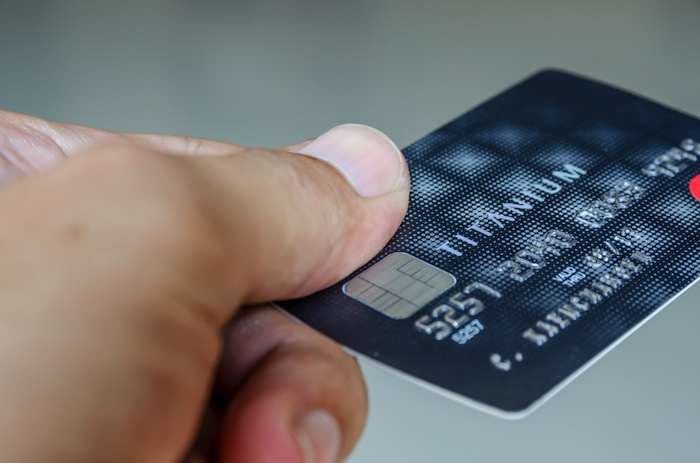
With the Oct. 1 EMV liability shift just six months away, banks and payment-card brands are beginning to get nervous about the slow uptake of EMV point-of-sale systems by smaller businesses. Part of the problem is complexity — small merchants don’t have IT departments, and they really just want something they can drop in as simply as possible.
One option: Leaving it to hardware and software vendors to integrate the pieces as a turnkey solution. On Monday (March 30), handheld point-of-sale device vendor Handpoint announced it has partnered with tablet and phone POS software maker e-Nabler to provide a pre-integrated, pre-certified all-in-one solution for retailers, restaurants and other hospitality merchants.
Under the deal, e-Nabler has integrated and certified three of Handpoint’s handheld chip-and-PIN-capable devices — the Handpoint HiLite, HiBrid and HiPro — all of which can link to a tablet or smartphone running e-Nabler’s eMobilePOS software. The handheld PIN pads can accept EMV chip cards, contactless cards and smartphone-based NFC payments like Apple Pay, and magnetic-stripe cards.
“The EMV liability shift is causing U.S. merchants to reconsider their POS needs. New tablet-based POS systems are making the switch affordable and attractive for merchants of all sizes,” Handpoint’s head of U.S. operations Jody Muehlegger said in a prepared statement. “Our partnership with eMobilePOS provides small and midsized merchants access to ‘next generation’ handheld and tablet-based POS systems with enterprise-class functionality and integrated EMV payments — at a fraction of the cost of a legacy solution.”
Card data is also encrypted in the PIN pad for point-to-point encryption between the card reader and the payment gateway, which can cut out the majority of the requirements for meeting PCI Data Security Standards, the baseline for keeping merchant payment systems secure.
Explaining the value of point-to-point encryption to smaller merchants is likely to be a challenge for integrated EMV vendors, since many of those merchants have never heard of PCI or met the standards. But as long as it’s part of the package at no extra charge, merchants aren’t likely to complain.
The real challenge may be just raising awareness of the EMV deadline, so they’ll know they need to upgrade to something. Fully one-third of all U.S. merchants don’t even know that after Oct. 1, if they can’t accept EMV payment cards, they could be liable for the cost of any card fraud, according to Aite Group.